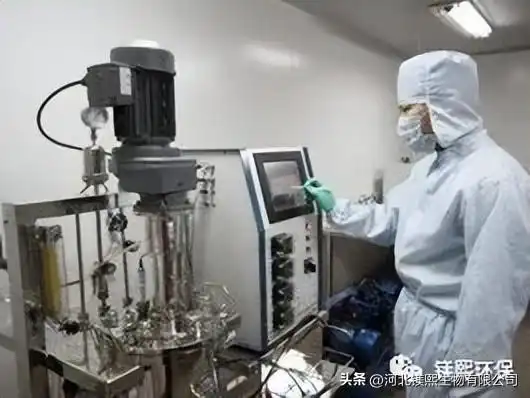Magnesite is a magnesium carbonate, its chemical formula is magnesium carbonate (MgCO3), theoretical composition: MgO47.81%, CO252.19%, density 2.9-3.1g/cm3, hardness 3-5. Magnesite can be divided into two types: crystalline and amorphous according to its crystallization state. Crystalline magnesite is rhombohexahedral, columnar, plate-like, granular, dense, soil-like and fibrous, etc. It often contains calcium and manganese isomorphs. Fe2+ can replace Mg2+ to form magnesite (MgCO3 ).
My country has abundant reserves of magnesium resources. The proven reserves of magnesite are 3.642 billion tons, accounting for 28.85% of the world’s total reserves, ranking first in the world. Among them: 3.571 billion tons of crystalline magnesite reserves, accounting for 98.05% of the country’s total reserves, and 71 million tons of aphanitic magnesite reserves, accounting for 1.95%, so it is of great significance to the development and utilization of magnesite.
Tibet Mag used differential thermal analysis to study the decomposition of magnesite, and determined the temperature for calcining magnesite accordingly. The x-ray diffraction analysis pattern and activity of calcined products obtained by different calcination temperatures and calcination times were studied, and the effects of calcination temperature and calcination time on the properties of magnesite obtained by magnesite decomposition were discussed, and the optimal calcination conditions of magnesite were obtained.

Siderite (FeCO3) complete isomorphic series. Amorphous magnesite is a gel structure, often in the shape of a splendor, without luster, without cleavage, and with a conchoidal cross section. When magnesite is heated above 640°C, it begins to decompose into magnesium oxide and carbon dioxide. When calcined at 700-1000°C, the carbon dioxide does not escape completely and becomes a powdery substance called lightly burned magnesium (also known as caustic magnesium, calcined magnesium, α-magnesium, magnesia), which has strong chemical activity. It is highly viscous and easily reacts with water to form magnesium hydroxide. When calcined at 1400-1800°C, carbon dioxide completely escapes, and magnesium oxide forms a dense mass of periclase, which is weighed as burnt magnesia. This kind of burnt magnesia has a high degree of refractoriness. The dead-burned magnesium is melted at 2500-3000°C, and after cooling and solidification, it develops into a complete periclase crystal, which is called fused magnesia or fused magnesia. Magnesium oxide calcined at high temperature is not easy to combine with water and carbonic acid, and has high hardness. Strong chemical corrosion resistance, high resistivity and other characteristics.
Magnesium oxide is an important product of magnesium-containing minerals after calcination or other processing. It is used in mining, chemical industry, agriculture, light industry, environmental protection, metallurgy and other fields. The method of calcining natural magnesite at 700-1000 °C is mainly used. make.
